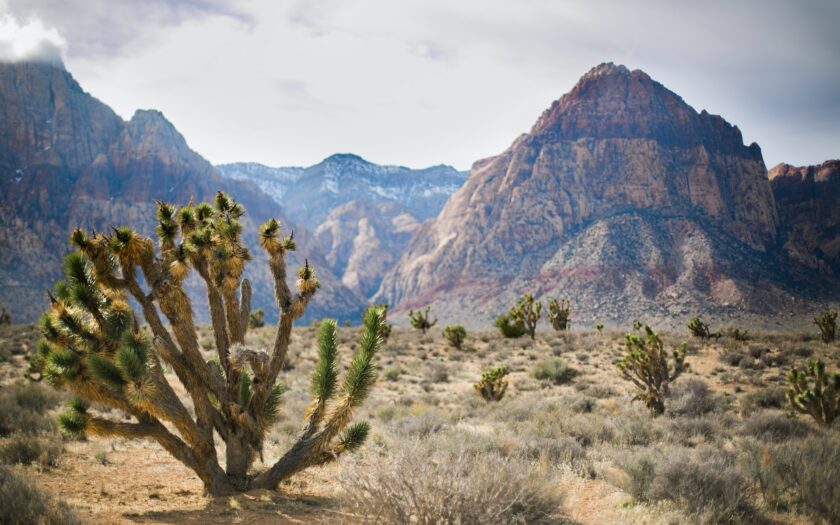In the heart of Nevada’s arid terrain, Nevada desert plants, the Silver State’s remarkable residents, have adapted to survive in one of the harshest environments on Earth. Nevada, known as the Silver State, is renowned for its diverse landscapes, from towering mountain ranges to arid desert expanses. Within this arid terrain, a hidden world of resilient life thrives, showcasing nature’s ingenuity and tenacity.
Nevada’s deserts are a mesmerizing tapestry of harsh and untamed landscapes. In the Silver State, nature unfolds in contrasting extremes, from the searing heat of the Mojave Desert to the dramatic elevation changes of the Great Basin. Vast, arid stretches of sand and rock give way to the rugged profiles of mountain ranges like the Sierra Nevada and the Ruby Mountains. Among these desolate terrains, life has found a way to thrive, with resilient desert flora adapting to the extreme conditions, offering a vivid display of nature’s resilience.
One remarkable feature of Nevada’s deserts is their ability to provide shelter to an array of plant and animal species. Resilient desert flora like the creosote bush, sagebrush, and Joshua trees have adapted to arid conditions, often displaying vibrant bursts of color during the brief periods of rainfall. These extreme environments also house unique wildlife, including desert tortoises, kit foxes, and a variety of rattlesnake species. For those who venture into Nevada’s deserts, the rugged beauty and extraordinary adaptations of this arid wilderness create an awe-inspiring experience.
The following are the Nevada Desert Plants found in the Nevada Desert.
Table of Contents
Creosote Bush (Larrea tridentata)
The Creosote Bush, scientifically known as Larrea tridentata, is an iconic plant found in the Nevada desert. Its evergreen leaves are uniquely adapted to conserve water and give off a distinctive, earthy scent, especially after a desert rain shower. This plant’s longevity is astonishing, with some individual bushes estimated to be thousands of years old, making it one of the oldest living organisms on Earth. It thrives in the harsh desert environment, and its dominance in arid landscapes is a testament to nature’s resilience and adaptability.
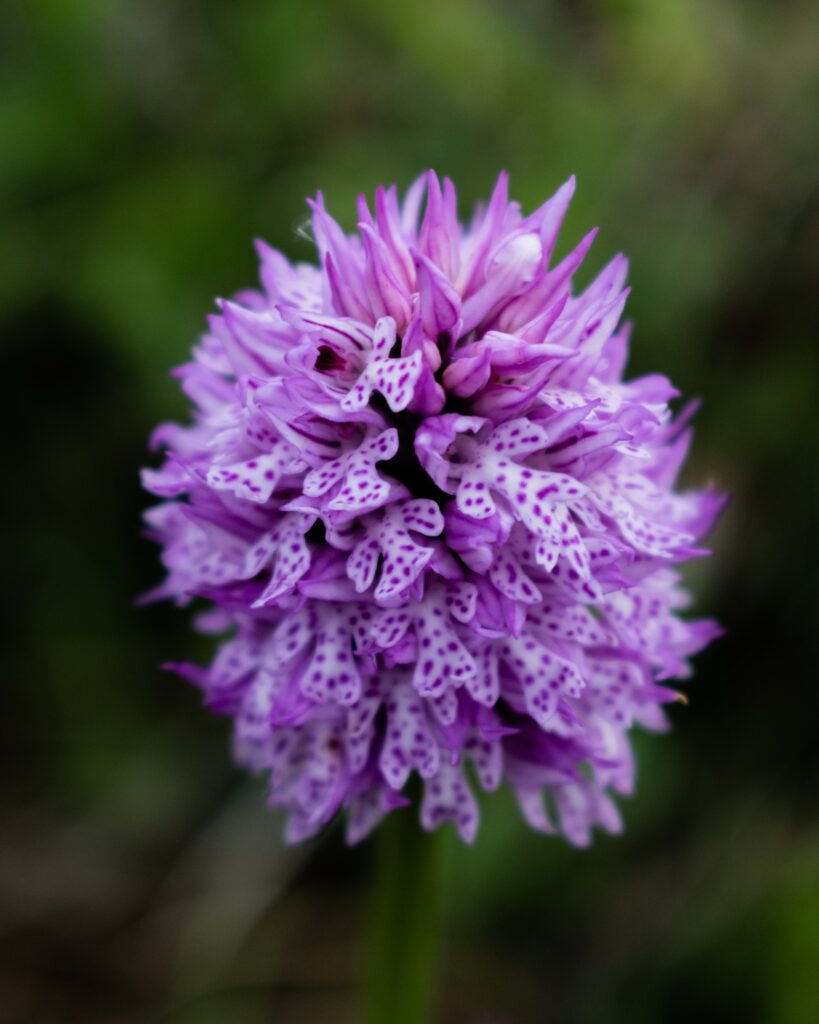
Joshua Tree (Yucca brevifolia)
The Joshua Tree is a symbol of the Nevada desert, characterized by its surreal and striking appearance. Its spiky, outstretched branches create an otherworldly and unforgettable landscape. These trees are true desert survivors, enduring the extreme conditions and playing a crucial role by providing habitat and food for various desert wildlife. With a unique blend of strength and beauty, Joshua Trees have become an enduring emblem of the Nevada desert.
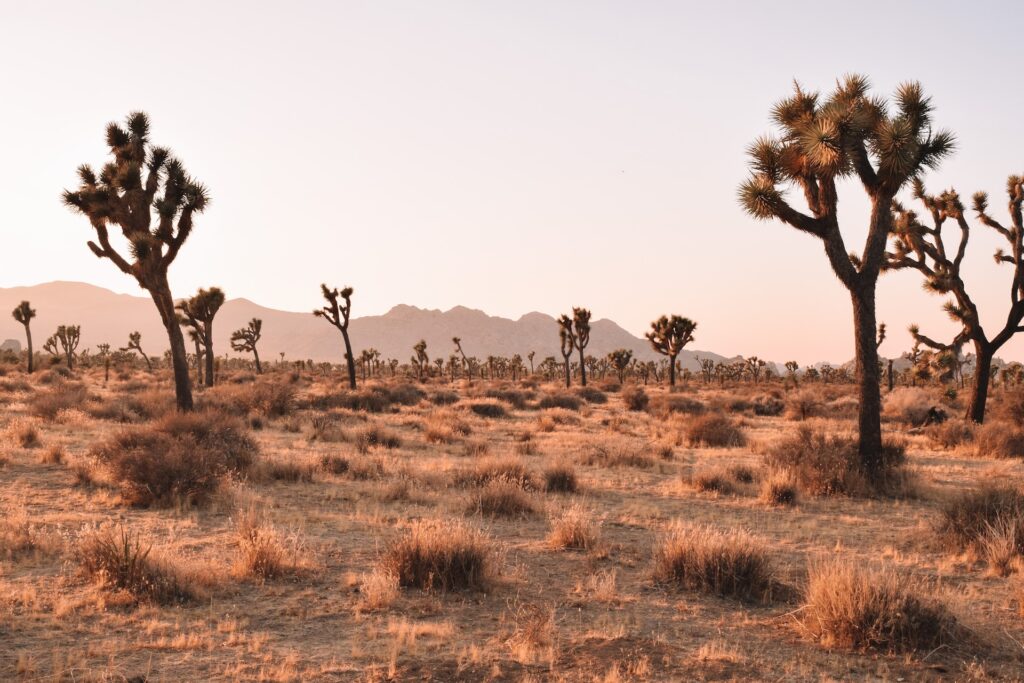
Pancake Prickly Pear (Opuntia chlorotica)
In the Nevada desert, the Pancake Prickly Pear stands out with its pancake-like flat pads covered in tiny spines. During the spring, it bursts into a profusion of vibrant yellow flowers, adding a touch of color and life to the otherwise stark desert scenery. It’s a true desert gem that not only captivates with its unique shape but also plays an ecological role by providing sustenance for desert wildlife.
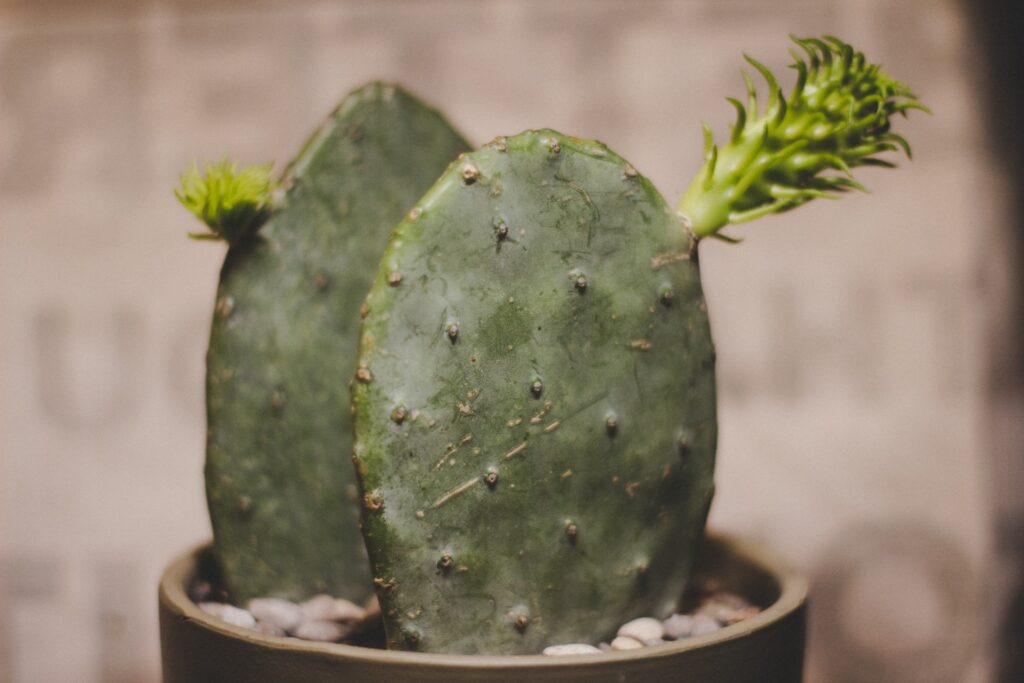
Desert Sage (Artemisia tridentata)
The Desert Sage, scientifically known as Artemisia tridentata, is a crucial member of the Nevada desert plant community. Recognizable by its silvery leaves and aromatic fragrance, this plant has well-adapted to the harsh desert climate. It plays a vital role in preventing soil erosion and stabilizing arid landscapes, underscoring its ecological importance in the desert ecosystem. More detail about this check on wiki site.
Brittlebush (Encelia farinosa)
A common sight in Nevada’s arid landscapes, the Brittlebush aka Encelia farinosa is renowned for its striking golden-yellow flowers. These blossoms not only add vibrant color to the desert but also serve as a valuable nectar source for pollinators. This shrub is a testament to nature’s ability to thrive in challenging environments, showcasing its adaptability and resilience in the face of arid conditions. More detail about this check on wiki site.
Mojave Yucca (Yucca schidigera)
The Mojave Yucca is instantly recognizable with its slender, pointed leaves and towering flower spikes that can reach impressive heights. This yucca species is both a striking feature of the desert’s beauty and a vital contributor to the ecosystem, providing shelter and sustenance to various desert-dwelling creatures.
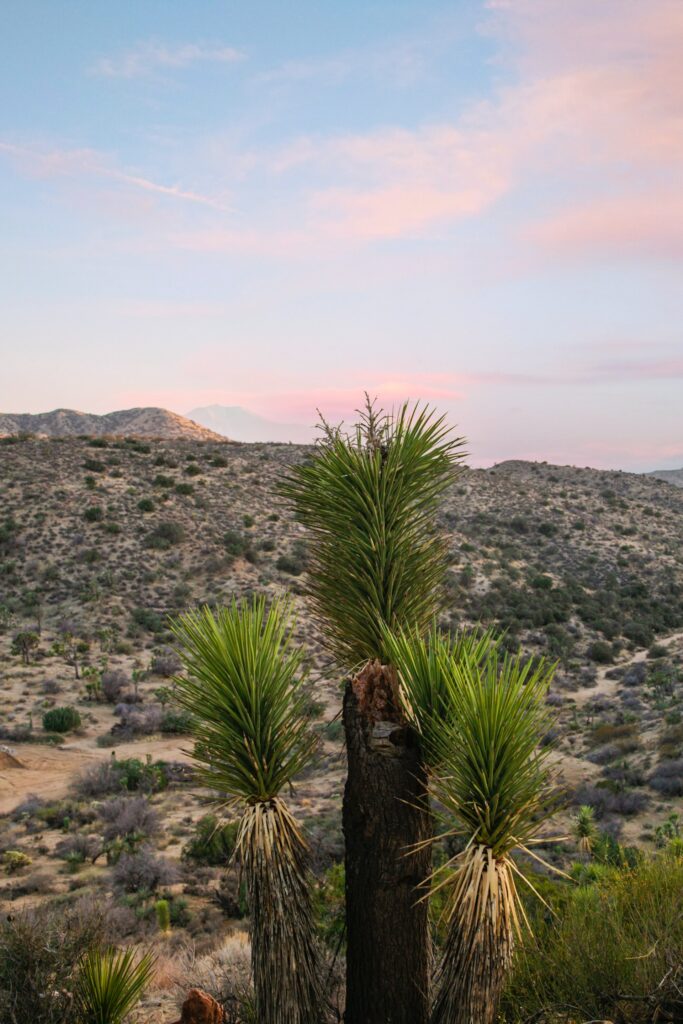
Blackbrush (Coleogyne ramosissima)
The Blackbrush, or Coleogyne ramosissima, is a distinctive, intricately branched shrub native to the Nevada desert. Covered in small, bright yellow flowers, it adds a touch of vibrancy to the arid landscape. This hardy shrub, adapted to harsh desert conditions, is an integral part of the desert ecosystem, playing roles in erosion control and supporting desert wildlife.
Desert Marigold (Baileya multiradiata)
The Desert Marigold is known for its bright yellow, daisy-like flowers that bloom profusely in the Nevada desert. This hardy perennial adds a burst of color to the arid landscape, attracting pollinators and enhancing the desert’s beauty. Despite the challenging conditions, the Desert Marigold thrives, showcasing its resilience and adaptability to desert life.
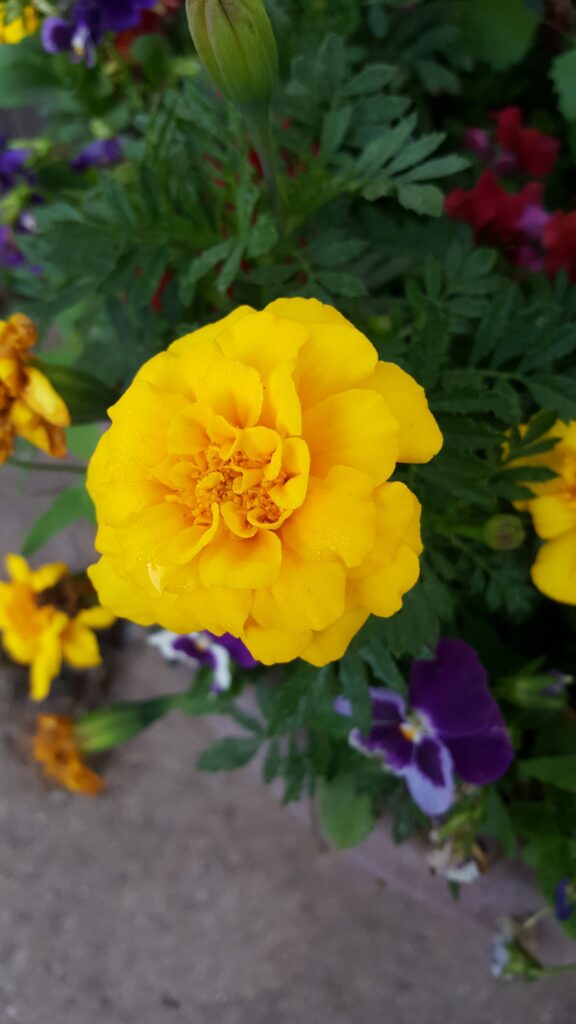
Silver Cholla Cactus (Cylindropuntia echinocarpa)
The Silver Cholla Cactus is a distinctive desert dweller with its segmented stems covered in silvery-white spines. This species provides vital habitat for birds and small mammals. Its striking appearance, particularly when backlit by the desert sun, adds to the visual appeal of the arid landscape.
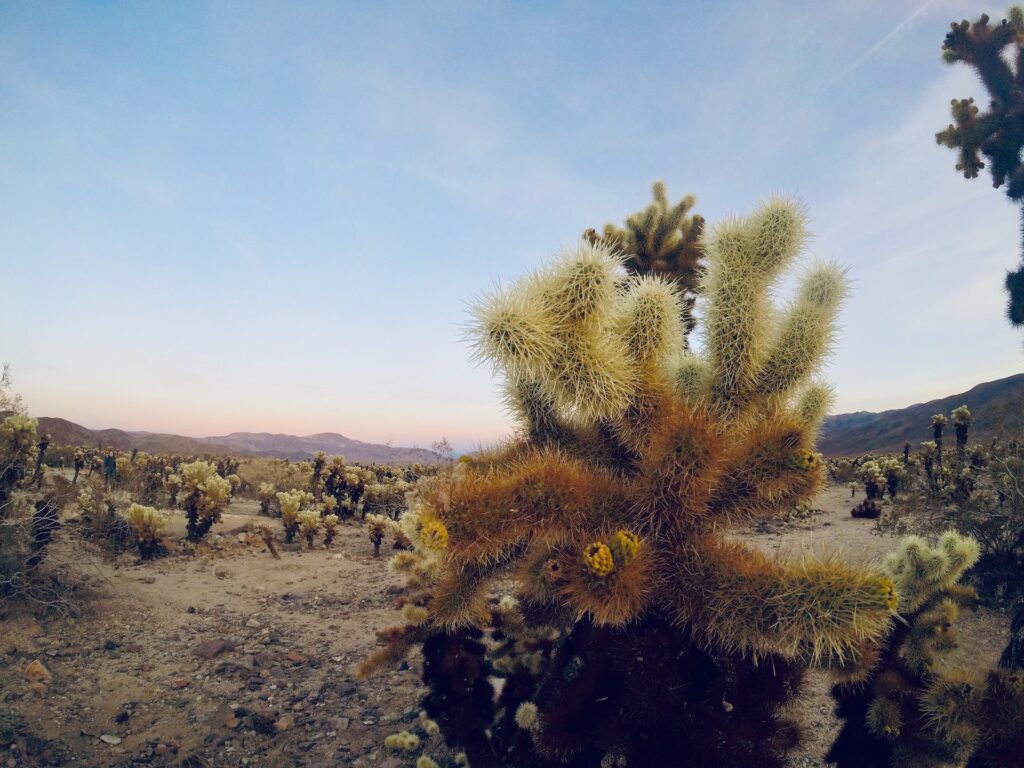
Barrel Cactus (Ferocactus wislizeni)
Barrel Cacti are a common sight in Nevada’s deserts, recognizable by their globe-like shape covered in rows of spines. These cacti are water storage champions, conserving precious moisture in their swollen stems. Their vivid yellow or red flowers bring vibrant color to the harsh desert environment, highlighting their significance in the ecosystem.
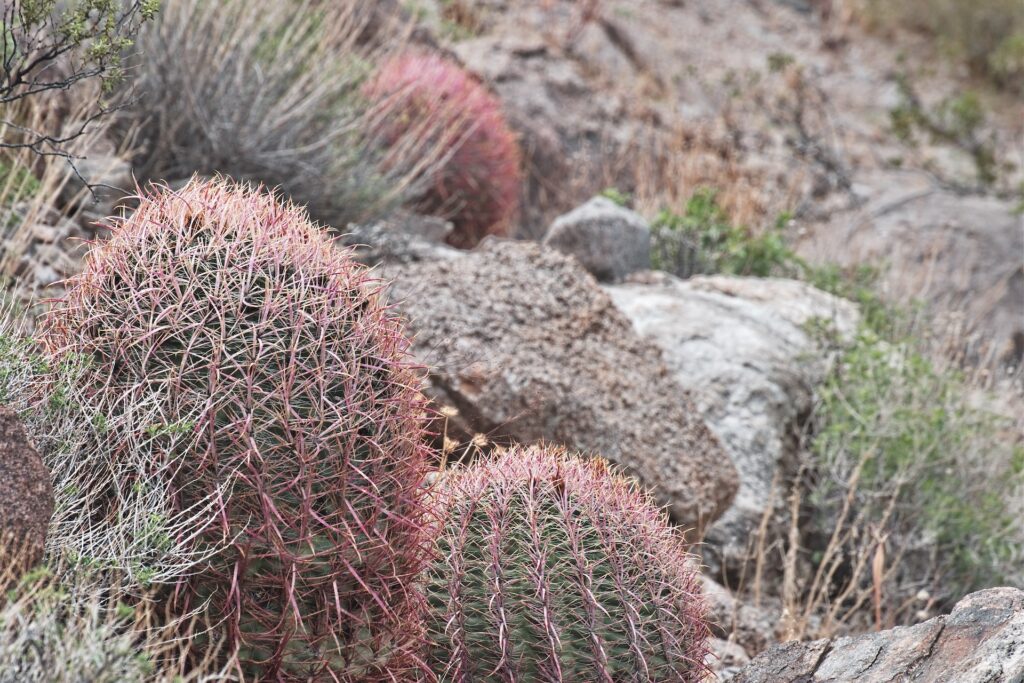
Nevada Desert Plants conclusion
These tenacious Nevada desert plants have evolved unique strategies to withstand scorching temperatures, scarce water, and nutrient-deprived soils. Their ability to thrive in such extreme conditions is a testament to the extraordinary adaptability of life on our planet. Explore the Nevada desert, and you’ll discover a world of beauty and resilience hidden beneath the relentless sun.
Do check our category on travel to United states places.

